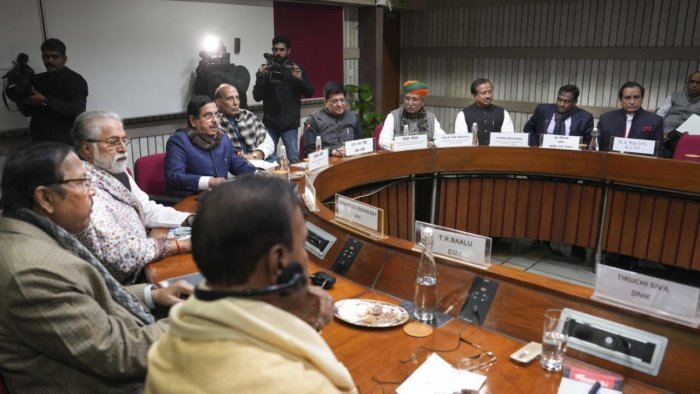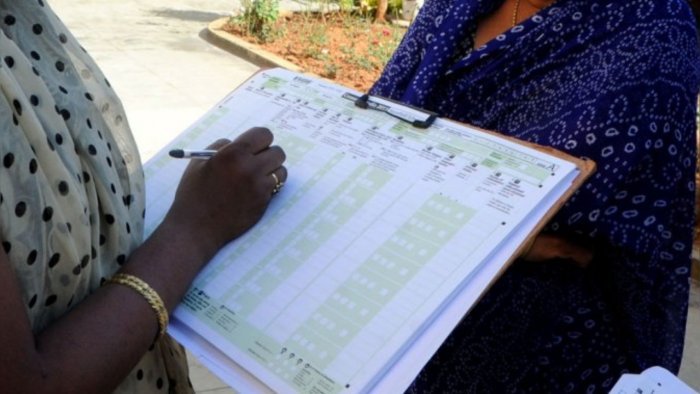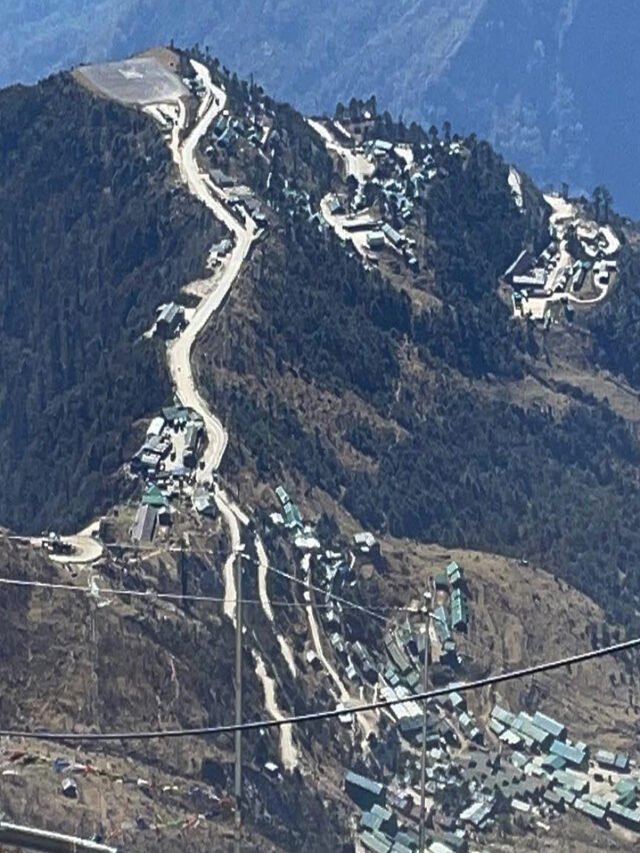NEW DELHI, Jan 31: Though school dropout rates have steadily declined in recent years, challenges persist with retention rates in school education for all classes, according to the Economic Survey 2024-25 tabled in Parliament on Friday.
“School dropout rates have steadily declined in recent years, standing at 1.9 per cent for primary, 5.2 per cent for upper primary and 14.1 per cent for secondary levels. However, challenges persist, with retention rates at 85.4 per cent for primary (class 1 to 5), 78 per cent for elementary (classes 1 to 8), 63.8 per cent for secondary (classes 1 to 10) and 45.6 per cent for higher secondary (classes 1 to 12),” the survey said.
Retention rate is the percentage of a cohort of pupils enrolled in the first grade of a given level of education in a given school year and who are expected to reach the last grade of the level.
The Survey highlighted that India’s school education system serves 24.8 crore students across 14.72 lakh schools with 98 lakh teachers. Government schools comprise 69 per cent of the total, enrolling 50 per cent of students and employing 51 per cent of teachers, while private schools account for 22.5 per cent, enrolling 32.6 per cent of students and employing 38 per cent of teachers.
“The importance of skill education in schools has grown significantly with the advent of Industry 4.0, a highly dynamic and skill-intensive era defined by automation, Artificial Intelligence (AI), Internet of Things (IoT), big data and robotics. This industrial revolution has reshaped production and distribution across sectors like manufacturing and agriculture, significantly increasing the demand for a skilled workforce.
“Alongside technical proficiency, soft skills such as adaptability, problem-solving and collaboration have become critical for navigating this evolving landscape,” it said.
The survey noted a rural-urban digital divide in India with lower internet-searching capabilities in the rural areas, especially among females.
“Data from the Comprehensive Annual Modular Survey 2022-23 reveals a rural-urban digital divide in India with lower internet-searching capabilities in rural areas, especially among females. 63 per cent of males and 55 per cent of females in rural areas can search the internet for information compared to 74 per cent males and 69 per cent of females in urban areas.
“The results highlight the need for focused efforts to close the digital gap,” it said.
The survey highlighted that India’s higher education system ranks among the largest globally, with 4.33 crore students enrolled in 2021-22, a 26.5 per cent increase from 3.42 crore in 2014-15.
“The GER (Gross Enrolment Ratio) for the 18–23 age group also increased from 23.7 per cent to 28.4 per cent during this same period (2014-15 to 2021-22). To achieve the government’s goal of increasing GER to 50 per cent by 2035 in higher education, there is a need to double the educational network and infrastructure,” it said.
The survey noted that effective implementation of National Education Policy (NEP) 2020 requires collaboration across the centre, states, Union Territories (UTs), Higher Education Institutions (HEIs) and regulatory bodies.
“The regulatory framework [University Grants Commission (UGC) and All India Council for Technical Education (AICTE)] currently includes over 50 regulations addressing different aspects of education and research. However, this approach does not fully align with the ‘light but tight’ regulatory model envisioned by the NEP.
“For example, the UGC specifies minimum credits for various course categories and prescribes the sequencing of courses over four years, aspects that could be entrusted to the institutions themselves,” it said. (PTI)












